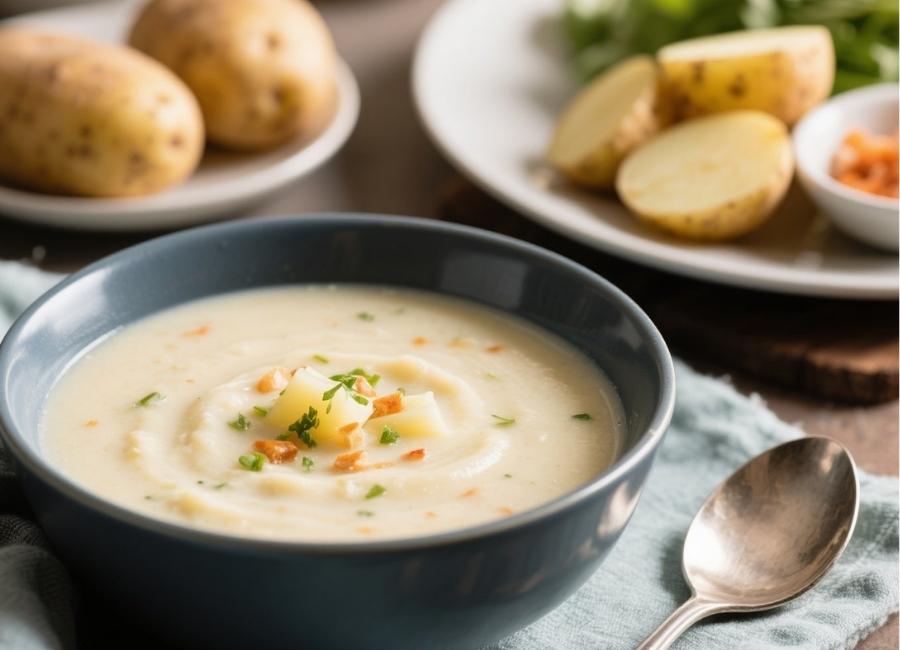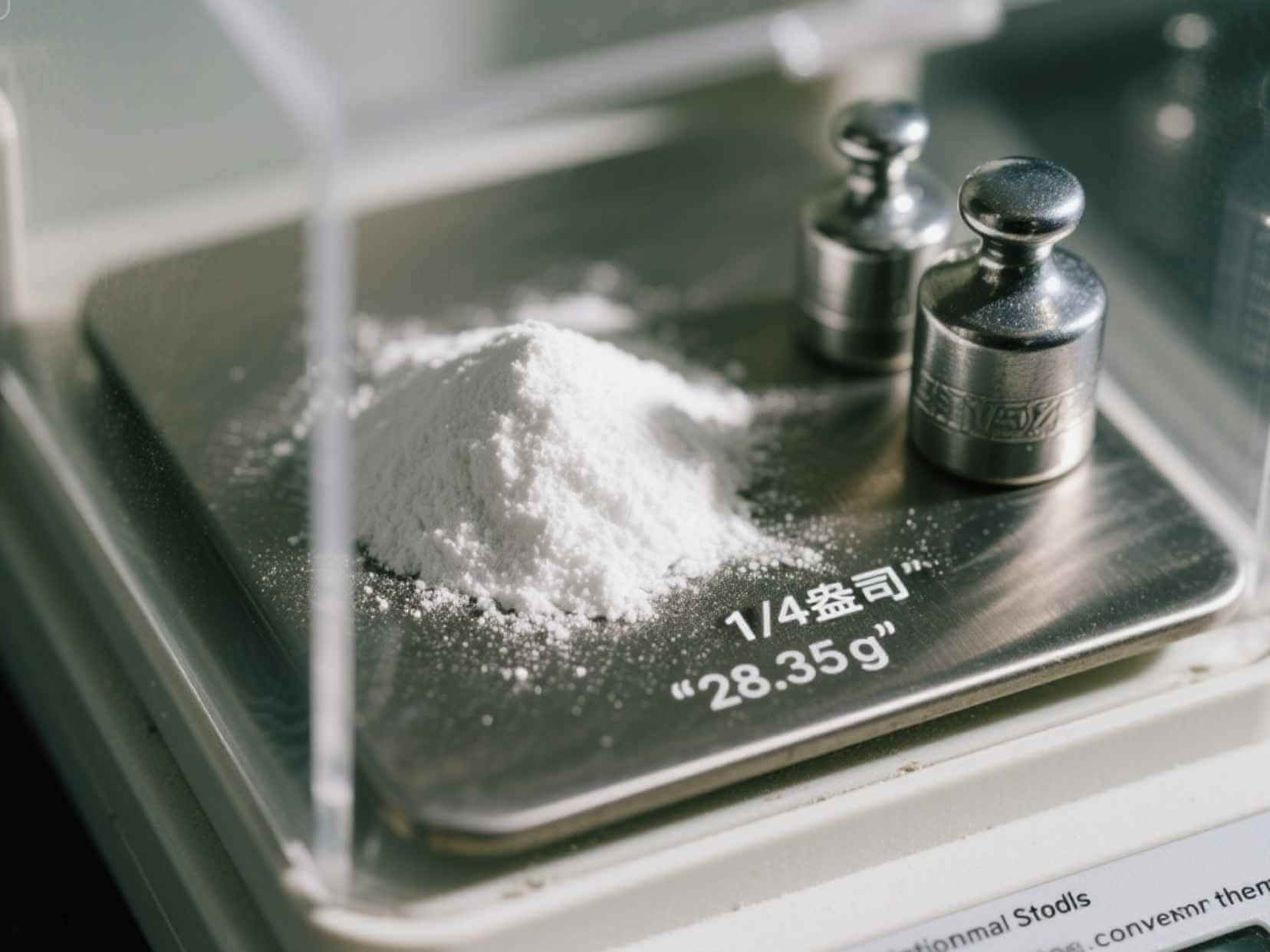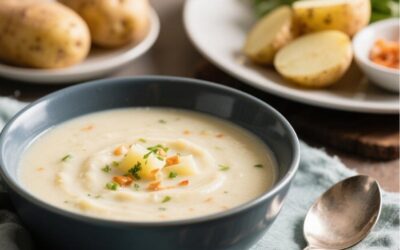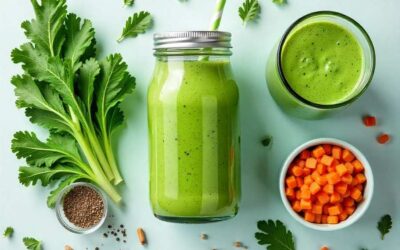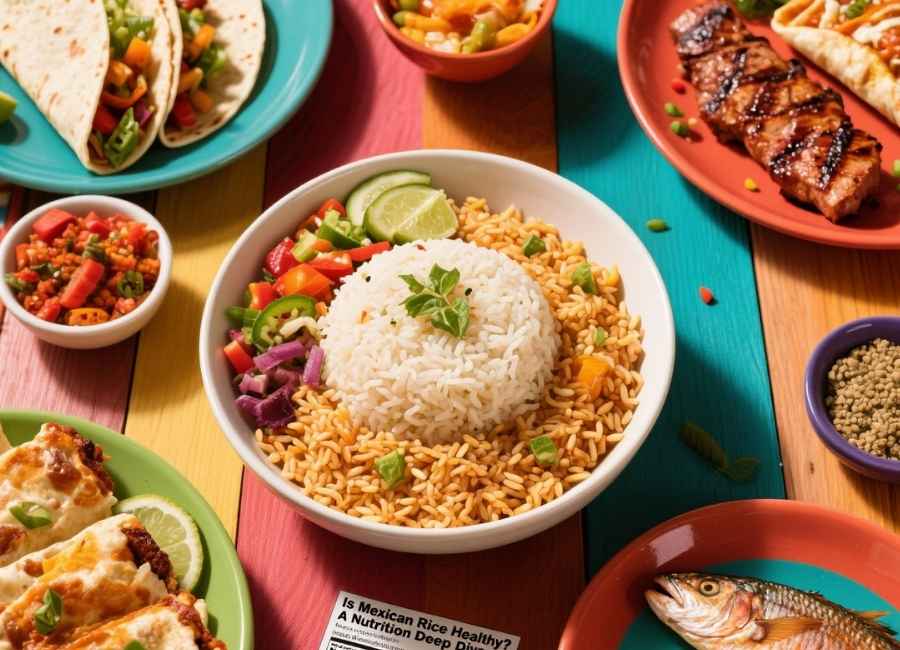Mexican rice, sometimes called Spanish rice, is a common side dish in Mexican-American restaurants and homes. Its bright color and savory taste make it a favorite with tacos, enchiladas, grilled meats, and fish. But is it a healthy choice?
This post looks at the nutrition in a typical serving of restaurant-style Mexican rice (Calories in Mexican Rice and Nutrition Facts, n.d.). We’ll cover its calories, main nutrients, and vitamins to help you see if it fits your diet. You’ll learn what gives it energy and what health concerns to watch for, so you can make better choices when you want this classic side.
Calorie and Macronutrient Breakdown

To see if Mexican rice is healthy, it helps to know its basic nutrition. Most of its calories come from carbohydrates, which give your body energy.
Here is the nutrition for one cup (about 116 grams) of restaurant-style Mexican rice:
- Calories: 215
- Total Carbohydrates: 36g
- Protein: 4g
- Total Fat: 6g
Let’s look at what these numbers mean. A 215-calorie serving is moderate for a side dish, but portion sizes in restaurants can often be much larger. The 36 grams of carbohydrates provide quick energy, which is why rice is a staple food for billions worldwide. However, with only 1 gram of dietary fiber, this dish has a limited ability to promote fullness and digestive health. (Calories in Mexican Rice and Nutrition Facts, n.d.)
The 4 grams of protein and 6 grams of fat contribute to the overall calorie count but are relatively low. The fat content, which comes from the oil used to toast the rice and sauté the vegetables, is a mix of saturated, monounsaturated, and polyunsaturated fats.
Examining the Micronutrients
Besides the primary nutrients, it’s also beneficial to see what vitamins and minerals Mexican rice contains. It’s not packed with micronutrients, but it does provide some important ones, especially the B vitamins.
Key Vitamins in Mexican Rice

The white rice used as the base for this dish is often enriched, meaning certain nutrients lost during processing are added back. (Raman & Ryan, 2023) This is why it contains a notable amount of B vitamins, which are crucial for energy metabolism.
- Thiamin (B1): 18% of the Daily Value (DV). Thiamin helps the body convert carbohydrates into energy. (Thiamin, n.d.)
- Niacin (B3): 17% of the DV. Niacin is essential for the functioning of the digestive system, skin, and nervous system. (Nutrition Facts for Restaurant, Mexican, Spanish Rice, n.d.)
- Folic Acid (B9): 14% of the DV. Folic acid is essential for creating new cells and is especially important during pregnancy. (Folate and Folic Acid on the Nutrition and Supplement Facts Labels, n.d.)
- Vitamin K: 19% of the DV. This vitamin plays a key role in blood clotting and bone health. (Nutrition Facts for Restaurant, Mexican, Spanish Rice, n.d.)
Even though it has some vitamins, Mexican rice is low in others, such as vitamins A, C, and D.
The Mineral Content

Mexican rice doesn’t contain many minerals. It gives you a little iron (7% DV), magnesium (4% DV), and zinc (5% DV) (Calories in Mexican Rice and Nutrition Facts, n.d.). The main mineral to watch for is sodium.
One cup of restaurant-style Mexican rice can contain over 600 mg of sodium, which is approximately 27% of your daily limit (Calories in Mexican Rice and Nutrition Facts, n.d.). This is important if you’re watching your blood pressure or heart health. Most of the salt comes from broth, bouillon, and seasonings used for flavour.
Potential Health Considerations
Mexican rice can fit into a balanced diet, but there are a few things to consider, especially when eating out.
High Sodium Levels
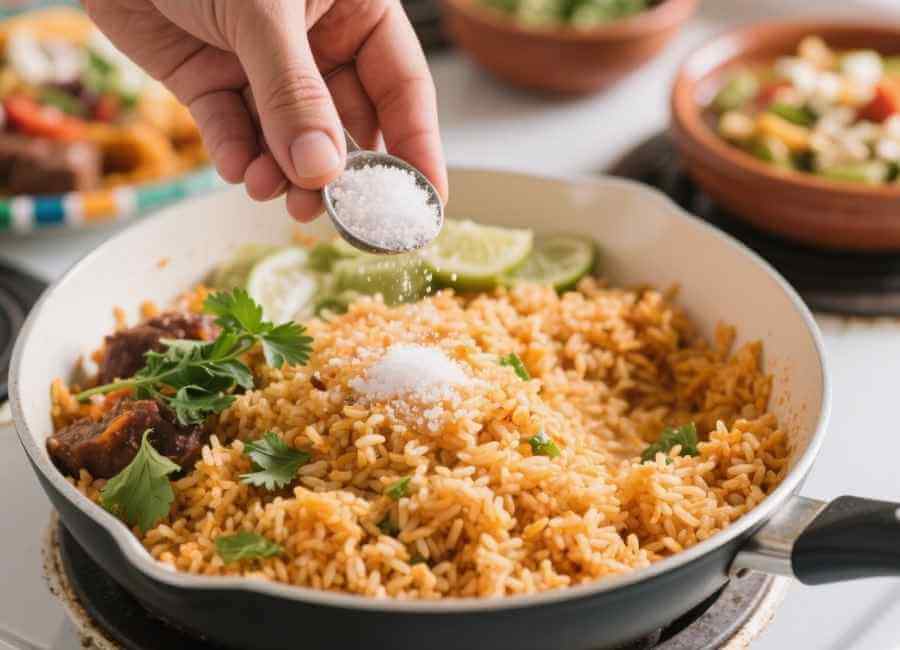
The most significant nutritional drawback is the high sodium content. Consistently consuming high-sodium foods can contribute to high blood pressure, which increases the risk of heart disease and stroke. (Reducing sodium intake to reduce blood pressure and risk of cardiovascular diseases in adults, 2023) If you’re making Mexican rice at Home, you have the advantage of controlling the amount of salt you add. Using low-sodium broth and fresh herbs for flavor can drastically reduce the sodium level.
Low Fibre Content
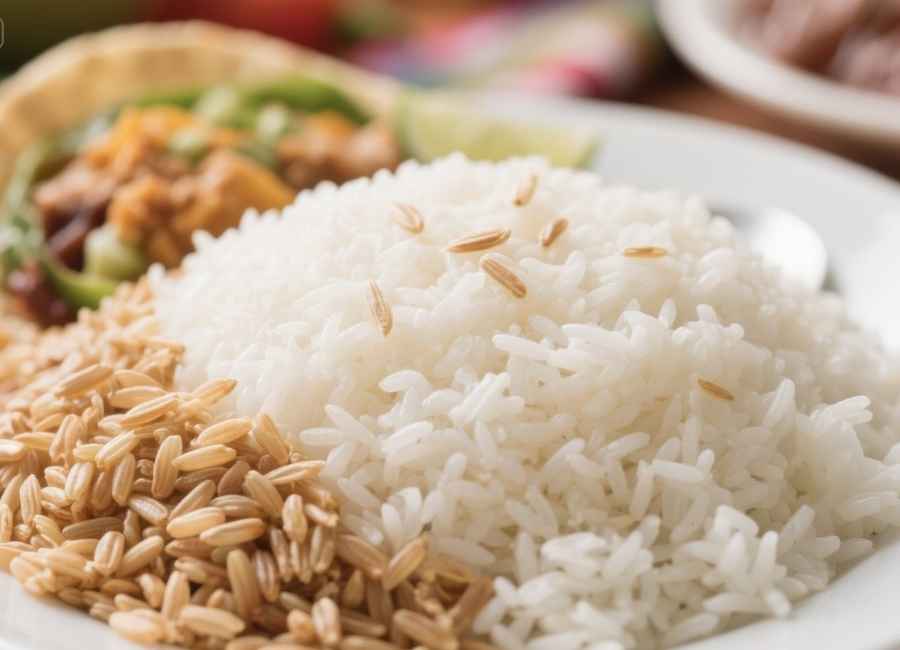
Most Mexican rice uses white rice, which has the bran and germ removed. This means it loses most of its natural fibre (White rice – Wikipedia, n.d.). Eating less fibre can cause digestive problems and may leave you feeling hungry sooner. To increase your fibre intake, try using brown rice, which retains its fibre and nutrients.
Added Fats
The preparation method involves toasting the rice in oil, which adds fat and calories. While the 6 grams of fat per cup isn’t excessive, the type of oil used and the amount can vary widely. Some restaurants may use oils higher in saturated or trans fats. Again, cooking at Home allows you to choose healthier fats, like olive or avocado oil, and to use them sparingly.
Making Mexican Rice a Healthier Choice
You don’t need to stop eating Mexican rice to stay healthy. With a few easy changes, you can make it much better for you.
- Use Brown Rice: Switching to brown rice is the easiest way to get more fiber, which helps with digestion and keeps you full longer.
- Control the Sodium: Make Mexican rice at home with low-sodium broth. Use spices like cumin, garlic powder, and chili powder for flavor instead of extra salt.
- Add More Vegetables: Add bell peppers, corn, peas, or carrots to boost fiber, vitamins, and minerals without adding many calories.
- Watch Your Portions: Pay attention to serving sizes, especially at restaurants. One cup is a good side portion.
Your Guide to Healthier Choices
Mexican rice can be part of a healthy, enjoyable diet. It gives you energy from carbs and some important B vitamins. Still, many restaurant versions are high in sodium and low in fiber.
By understanding its nutritional makeup, you can make smarter choices. When eating out, consider it a treat and be mindful of your portion size. At Home, you have the power to transform it into a much healthier dish by using whole grains, loading it with vegetables, and cutting back on the salt. Making these small changes allows you to enjoy the flavors you love while supporting your health goals.











